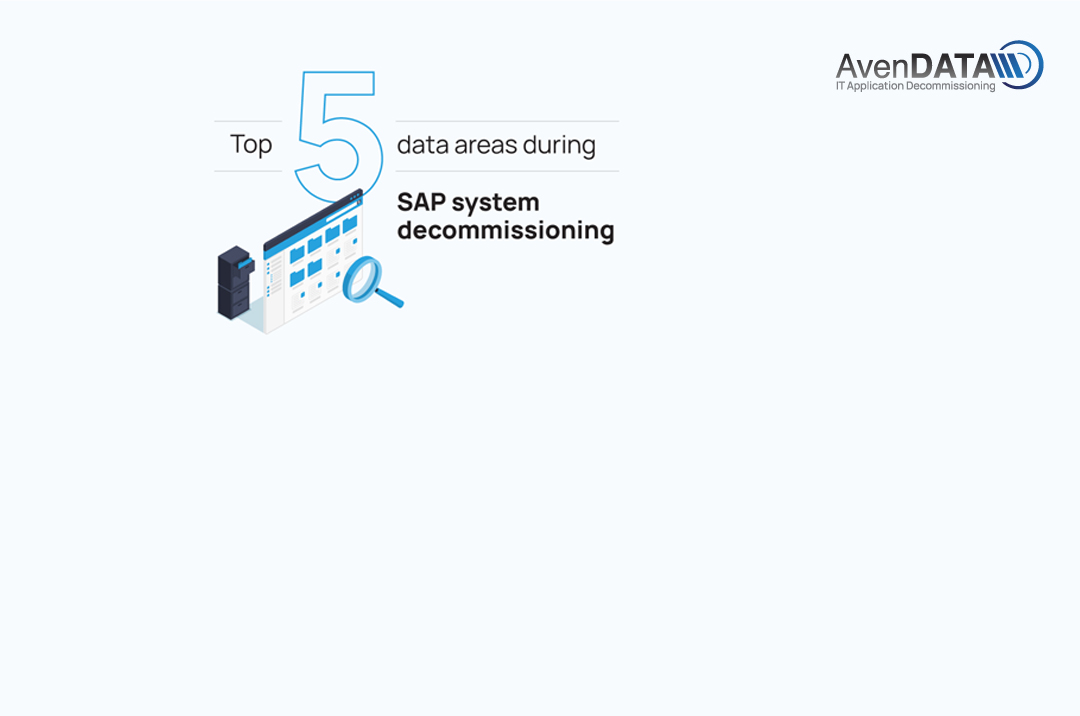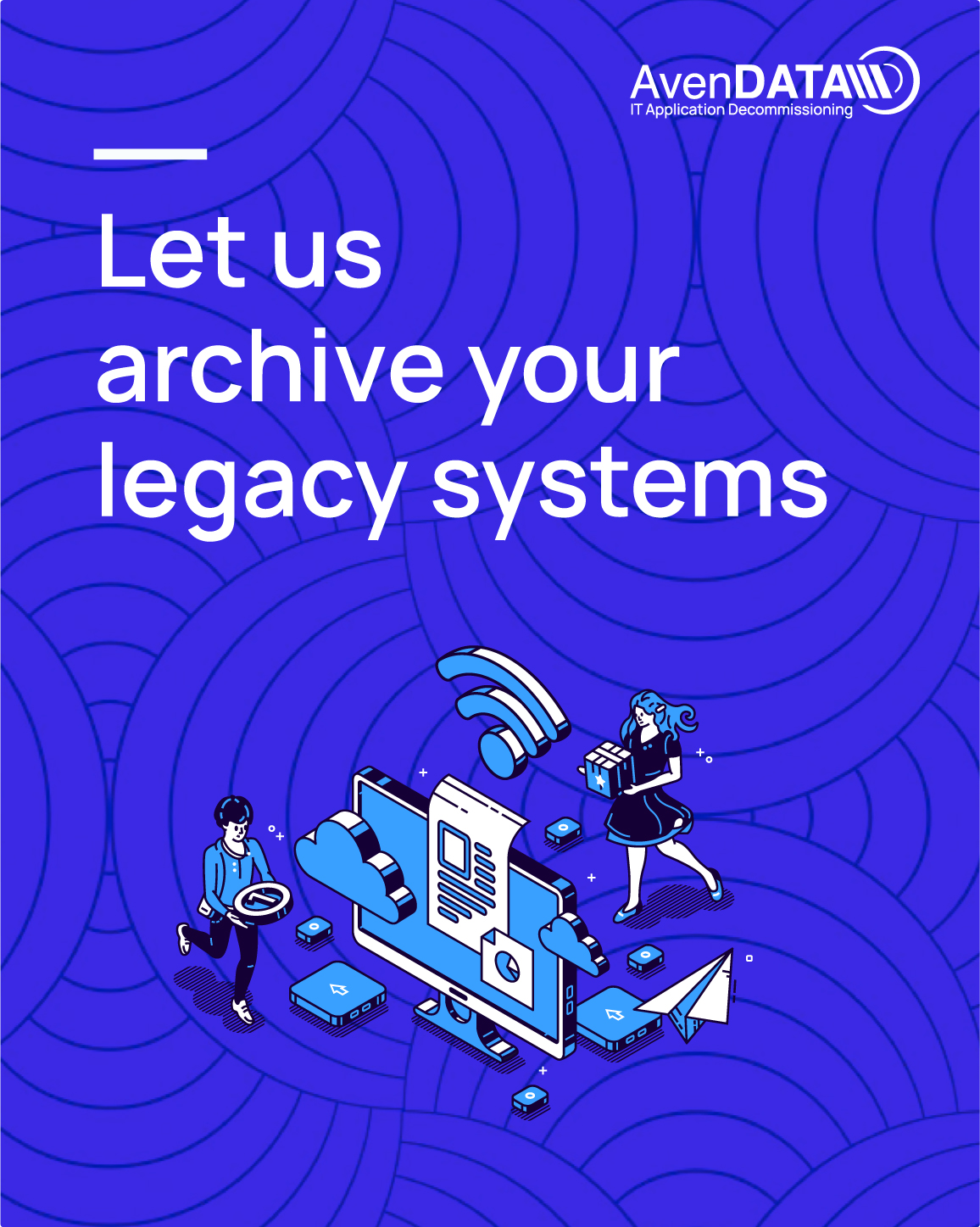Top 5 data areas during a SAP system decommissioning

SAP system decommissioning refers to the process of retiring or retiring SAP systems that are no longer needed or relevant for an organization’s operations. It involves systematically removing and shutting down SAP landscapes, including servers, databases, and associated applications, in a controlled and planned manner.
1. Cluster Tables
2. GOS Document
3. ADK Object
4. All SAP Tables - Business Objects
MARA: Material master data
BKPF: Accounting document header data
BSEG: Accounting document line item data
VBAK: Sales document header data
VBAP: Sales document line item data
CDHDR: Change document header data
CDPOS: Change document line item data
5. Documents and Toa Tables
TOA01: General data for documents
TOA02: Document files
TOA03: Assignment of documents to objects
TOA04: Object link groups
TOA05: Links between documents
TOA06: Categorization of documents
TOA07: Document preview
SAP system decommissioning refers to the process of retiring or retiring SAP systems that are no longer needed or relevant for an organization’s operations. It involves systematically removing and shutting down SAP landscapes, including servers, databases, and associated applications, in a controlled and planned manner.
Cluster tables in SAP are special database tables optimized for storing large volumes of data, offering high performance in read and write operations. During decommissioning, cluster tables need careful consideration as they store significant data used in critical applications like materials management and finance.
GOS (Generic Object Services) Documents enable users to attach files and notes to various SAP objects, streamlining work processes. During decommissioning, addressing GOS Documents ensures that essential information remains accessible and organized, reducing reliance on external storage systems.
ADK (Archiving Data Consistency) Objects are crucial for archiving large volumes of data in SAP, freeing up storage space and enhancing system performance. During decommissioning, using ADK Objects allows businesses to retain essential data while optimizing the system’s operation.
SAP Tables are database tables that store data for various applications in SAP systems. During decommissioning, identifying and handling relevant SAP Tables ensures that essential data is managed appropriately, and compliance requirements are met.
TOA (SAP Document Management System) Tables facilitate document storage and management in different formats within SAP. During decommissioning, addressing TOA Tables ensures that essential documents remain accessible and organized, improving overall data management.
-
How Legacy Systems Work and Their Architecture
-
Legacy Systems in Digital Era:
-
SAP Carve-Out Guide: Definition, Process, Benefits
-
System Decommissioning: A Strategic Guide
-
20 Reasons why legacy ERP systems must be archived and data should not be deleted
-
IT Mergers and Acquisitions: The ABCs of a Successful Integration
-
Mastering IT M&A and Carve-Outs: Addressing Pain Points with Practical Solutions
-
Modernizing Legacy Systems: A Strategic Guide for IT Company Owners
-
The importance of legacy systems is steadily increasing
-
Ten Key Questions with Emanuel Boeminghaus



